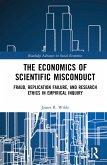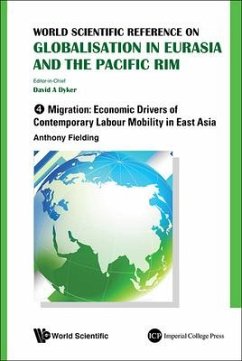Over the last three decades, wine economics has emerged as a growing field within agricultural economics, but also in other fields such as finance, trade, growth, environmental economics and industrial organization. Wine has a few characteristics that differentiate it from other agricultural commodities, rendering it an interesting topic for economists in general. Fine wine can regularly fetch bottle prices that exceed several thousand dollars. It can be stored a long time and may increase in value with age. Fine wine quality and prices are extraordinarily sensitive to fluctuations in the weather of the year in which the grapes were grown. And wine is an experience good, i.e., its quality cannot be ascertained before consumption. As a result, consumers often rely on "expert opinion" regarding quality and maturation prospects. This handbook takes a broad approach and familiarizes the reader with the main research strands in wine economics. After a general introduction to wine economics by Karl Storchmann, Volume 1 focuses on the core areas of wine economics. The first papers shed light on the relevance of the vineyard's natural environment for wine quality and prices. "Predicting the Quality and Prices of Bordeaux Wine" by Orley Ashenfelter is a classic paper and may be the first wine economics publication ever. Ashenfelter shows how weather influences the quality and the price of Bordeaux Grands Crus wine. Since the weather condition of the year when the grapes were grown is known, an econometric analysis may be constructed. It turns out this model outperforms expert opinion, i.e., critical vintage scores. At best, expert opinion reflects public information. The subsequent papers, by Ashenfelter and Storchmann, Gergaud and Ginsburgh, and Cross, Plantinga and Stavins, tackle the terroir question. That is, they examine the relevance of a vineyard's physical characteristics for wine quality and prices, but from various dimensions and with different results. Next, Als








